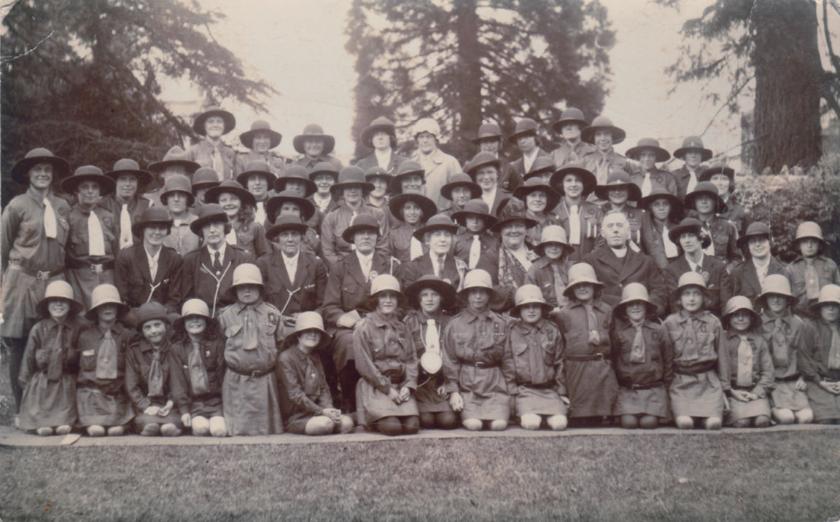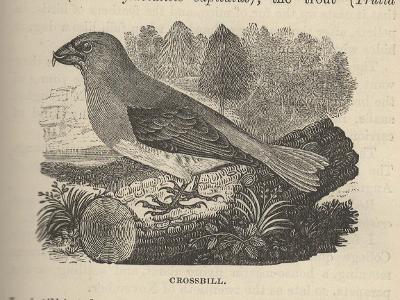



***
‘A snake measuring three and a half feet long was killed in Borough Wood, Ashburton, by Mr W Gill…’
Totnes Weekly Times 27 May 1899, p2 col5
1908 Mr F Loveridge, the School Attendance Officer, killed a snake during his rounds. The snake was 2ft 8ins long.
Totnes Weekly Times 18 July 1908, p8 col6
***
In the correspondence section of the Boy's Own Annual 1893, a reply titled 'Silkworms' says, 'We hear from the Rev T P Levett, of Ashburton, Devon, that he has eggs to spare of Attacus Pernip; perhaps he could help you.'
Boy's Own Annual 1893, vol16, p32
Capt. Stanley Thomas Stidston, of Ashe, Ashburton, features in The History of Entomological Recording in Devon https://devonmoths.org.uk/wp-content/uploads/2019/02/Beavan-et-al.-2018-Devon-Association-Transactions.pdf
At the inaugural meeting of the Entomological Section of the Devonshire Association in 1948, Capt. Stidston was appointed Hon Secretary and Treasurer. At the third meeting he was appointed as the recorder for Lepidoptera. In 1952 he produced a list of Devon lepidoptera, which included locations and dates for uncommon species.
Rep. Trans. Devon. Ass. Advmt Sci., 150, 51−106 © The Devonshire Association, June 2018
In 1946 the numbers of Silver Y Moth, plusia gamma, in Devon had dropped from 1,458 to 702. But Capt. Stidston had seen large numbers of these moths at Ashburton on July 2nd.
Western Morning News 21 November 1946, p5 col8
Only two convolvulus Hawk-moths were recorded in Devon in 1948, one of which was at Ashburton on September 2nd. 'S T S' recorded the insect - it seems likely that this was Capt. Stidston.
Western Morning News 3 January 1950, p7 col3
1948 'Capt.Stidston (Ashburton September 24) and Dr Bickford (Torrington October 9) reported the first Clouded Yellows [butterflies] to be seen this year...'
Western Morning News 3 November 1948, p2 col2
*******